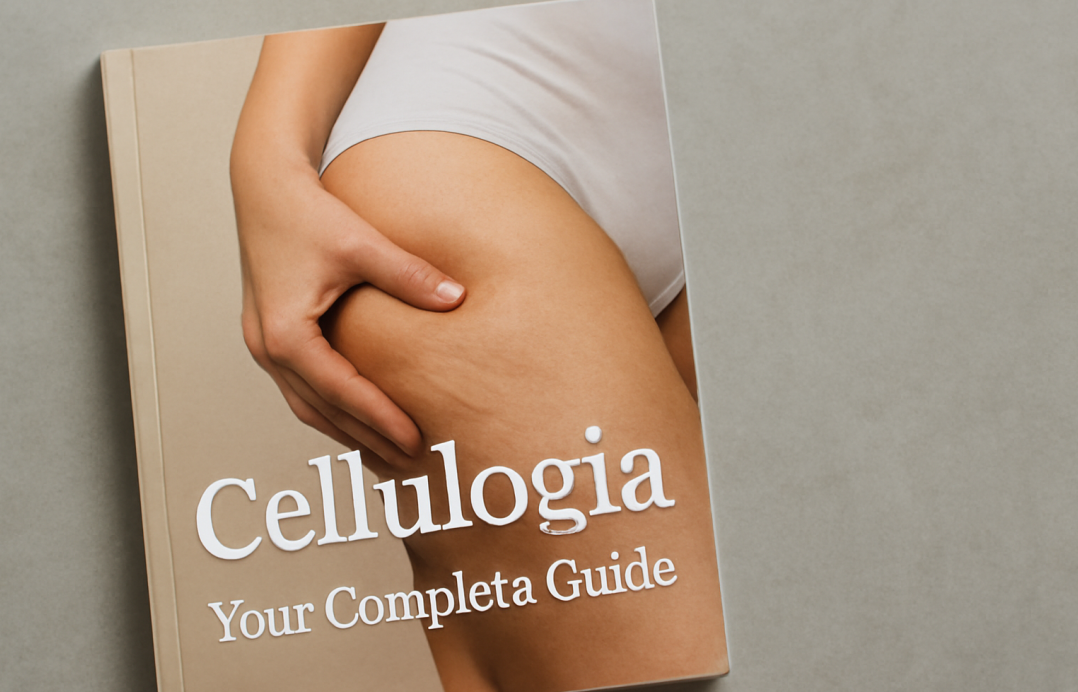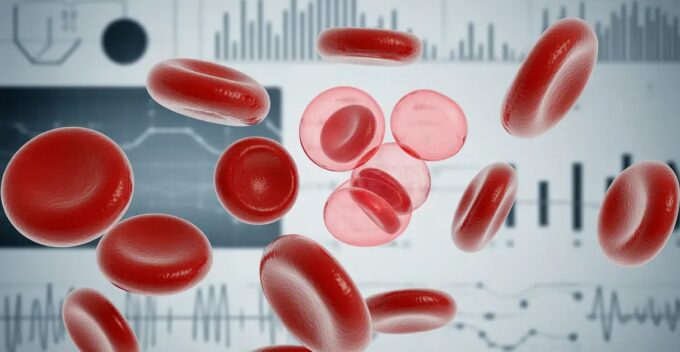Cellulogia, a term that has gained increasing attention in the realms of health and wellness, is the study of the causes, treatment, and prevention of cellulite. In this comprehensive guide, we will provide a deep dive into the complexities of cellulogia, breaking down everything you need to know about its origins, how it affects the body, and the various treatment options available. Whether you’re dealing with cellulite yourself or are just curious about the topic, understanding cellulogia can help you make informed decisions about your health.
What is Cellulogia?
Cellulogia refers to the scientific study of cellulite, a condition where the skin develops a lumpy, dimpled appearance, often referred to as “orange peel” skin. This condition is most commonly found on areas of the body where fat is stored, such as the thighs, buttocks, abdomen, and upper arms. Cellulite occurs when fat deposits push through the connective tissue beneath the skin, creating the uneven texture. The causes of cellulite can vary, but it is often linked to genetics, hormonal changes, and lifestyle factors such as diet and physical activity levels.
While cellulite is not a harmful condition and does not pose any health risks, it can affect a person’s self-esteem and body image. This is why understanding cellulogia is crucial for those seeking ways to manage or reduce the appearance of cellulite.
The Causes of Cellulogia: A Deeper Look
1. Genetic Factors of Cellulogia
Genetics play a major role in the development of cellulite. If your family members have cellulite, you’re more likely to have it as well. Genes affect how fat is distributed, how your connective tissues are structured, and even how your body responds to hormones, all of which can contribute to the development of cellulite.
2. Hormonal Changes of Cellulogia
Hormones such as estrogen, insulin, thyroid hormones, and prolactin can all influence the development of cellulite. Estrogen, in particular, is known to contribute to the development of cellulite in women. As estrogen levels fluctuate during puberty, pregnancy, and menopause, women may notice an increase in the appearance of cellulite. This hormonal imbalance can weaken the skin’s elasticity, leading to the characteristic dimpling.
3. Poor Circulation
Poor circulation can contribute to the buildup of fat beneath the skin, which in turn causes cellulite to form. When blood flow is reduced, toxins and waste products accumulate in the body, which can lead to the thickening of fat cells. This can cause the underlying connective tissues to become tighter and more pronounced, resulting in the formation of cellulite.
4. Diet and Lifestyle
Diet plays a significant role in the development of cellulite. A diet high in processed foods, salt, and sugar can contribute to the accumulation of fat and toxins in the body, exacerbating the appearance of cellulite. Additionally, a sedentary lifestyle can also increase the likelihood of developing cellulite, as it leads to poor muscle tone and insufficient circulation.
Cellulogia: The Science Behind Cellulite Formation
Cellulite forms when fat cells expand and push against the connective tissue beneath the skin. The connective tissue, which is composed of collagen fibers, holds the skin in place. However, when the fat cells become enlarged, they push against this tissue, causing it to stretch and become more prominent. The skin on top of these areas then appears bumpy and uneven.
The appearance of cellulite varies depending on the thickness of the skin, the amount of fat beneath the skin, and the condition of the connective tissue. As women age, their skin loses elasticity and collagen, making cellulite more noticeable.
Types of Cellulite
There are three primary types of cellulite, each with distinct characteristics:
1. Soft Cellulite
This type of cellulite is usually soft to the touch and appears on areas of the body where fat is more prevalent. It typically appears on the thighs, buttocks, and stomach and may be more noticeable when a person is sitting or standing. Soft cellulite is often associated with lifestyle factors such as a sedentary lifestyle and poor circulation.
2. Hard Cellulite
Hard cellulite appears firmer and is often found on individuals who are more active and have a higher muscle mass. It occurs when the fibrous connective tissue beneath the skin becomes tight and rigid, pushing the fat cells upward and creating a dimpling effect. Hard cellulite is generally more difficult to treat but can improve with regular exercise and targeted treatments.
3. Edematous Cellulite
This type of cellulite is characterized by a swollen, puffy appearance due to fluid retention in the tissues. It is often associated with poor lymphatic drainage and is typically found in areas of the body where fluid accumulation is common, such as the lower legs. Edematous cellulite can be improved with treatments that encourage lymphatic drainage, such as massage and certain skincare products.
How to Treat Cellulite: Effective Solutions
While there is no permanent cure for cellulite, several treatments can help reduce its appearance. These treatments work by targeting the underlying fat cells, improving circulation, and strengthening the connective tissue. Below are some of the most effective ways to treat cellulite:
1. Massage and Body Scrubs
Massage therapy and body scrubs are one of the most popular methods for reducing the appearance of cellulite. These treatments help improve circulation and stimulate the lymphatic system, which can reduce fluid retention and promote fat breakdown. Regularly massaging the affected areas with a firm body scrub can improve the skin’s texture and make the cellulite less noticeable.
2. Topical Creams
There are various anti-cellulite creams available on the market that contain ingredients like caffeine, retinol, and peptides. These creams work by increasing circulation, stimulating collagen production, and tightening the skin. While they may not provide drastic results, using these creams in conjunction with other treatments can help minimize the appearance of cellulite over time.
3. Laser Treatments
Laser therapy is one of the most effective non-invasive treatments for reducing cellulite. Laser treatments use light energy to break down fat cells and stimulate collagen production. This results in smoother, firmer skin and a reduction in the visibility of cellulite. Many individuals see noticeable improvements after a few sessions of laser therapy.
4. Radiofrequency Therapy
Radiofrequency therapy uses heat energy to target and tighten the skin while stimulating collagen production. This procedure works by breaking down fat cells and encouraging the skin to become firmer and more elastic. Radiofrequency therapy can be used to treat both soft and hard cellulite, offering a non-invasive solution with minimal downtime.
5. Liposuction and Subcision
For those seeking more permanent results, liposuction and subcision are surgical procedures that can be performed to remove or break up the fat cells causing cellulite. Liposuction involves the removal of fat through a small incision, while subcision involves the use of a needle to break apart the connective tissue beneath the skin. Both procedures can provide significant improvement in the appearance of cellulite but come with a higher risk and longer recovery time.
6. Exercise and Diet
Regular physical activity can help reduce the appearance of cellulite by toning the muscles beneath the skin and improving circulation. Exercises that target the thighs, buttocks, and abdomen, such as squats, lunges, and leg lifts, can help firm up the areas affected by cellulite. Additionally, eating a balanced diet rich in fruits, vegetables, and lean proteins can help reduce body fat, making cellulite less noticeable.
Prevention Tips for Cellulite
While there is no surefire way to prevent cellulite, there are several steps you can take to reduce your risk:
- Stay Active: Regular exercise can improve circulation and muscle tone, making cellulite less prominent.
- Hydrate: Drinking plenty of water helps flush out toxins from your body, reducing the appearance of cellulite.
- Eat a Balanced Diet: Avoid excess sugar, salt, and processed foods, which can contribute to fat accumulation and fluid retention.
- Limit Smoking and Alcohol Consumption: Smoking and excessive alcohol can decrease collagen production, making the skin more prone to cellulite.
By adopting a healthy lifestyle, you can improve your skin’s elasticity and reduce the risk of developing cellulite in the future.
Conclusion
Cellulogia, the study of cellulite, provides valuable insights into understanding the causes, effects, and treatments of this common condition. While cellulite is a natural part of the body, many individuals seek treatments to reduce its appearance. From massage therapy to advanced laser treatments, there are numerous options available to help manage cellulite. Maintaining a healthy lifestyle through exercise, diet, and proper skincare can also improve the skin’s texture and prevent the worsening of cellulite. By understanding the science behind cellulite, individuals can make informed decisions on the best treatments and preventive measures for achieving smoother, firmer skin.
















Leave a comment